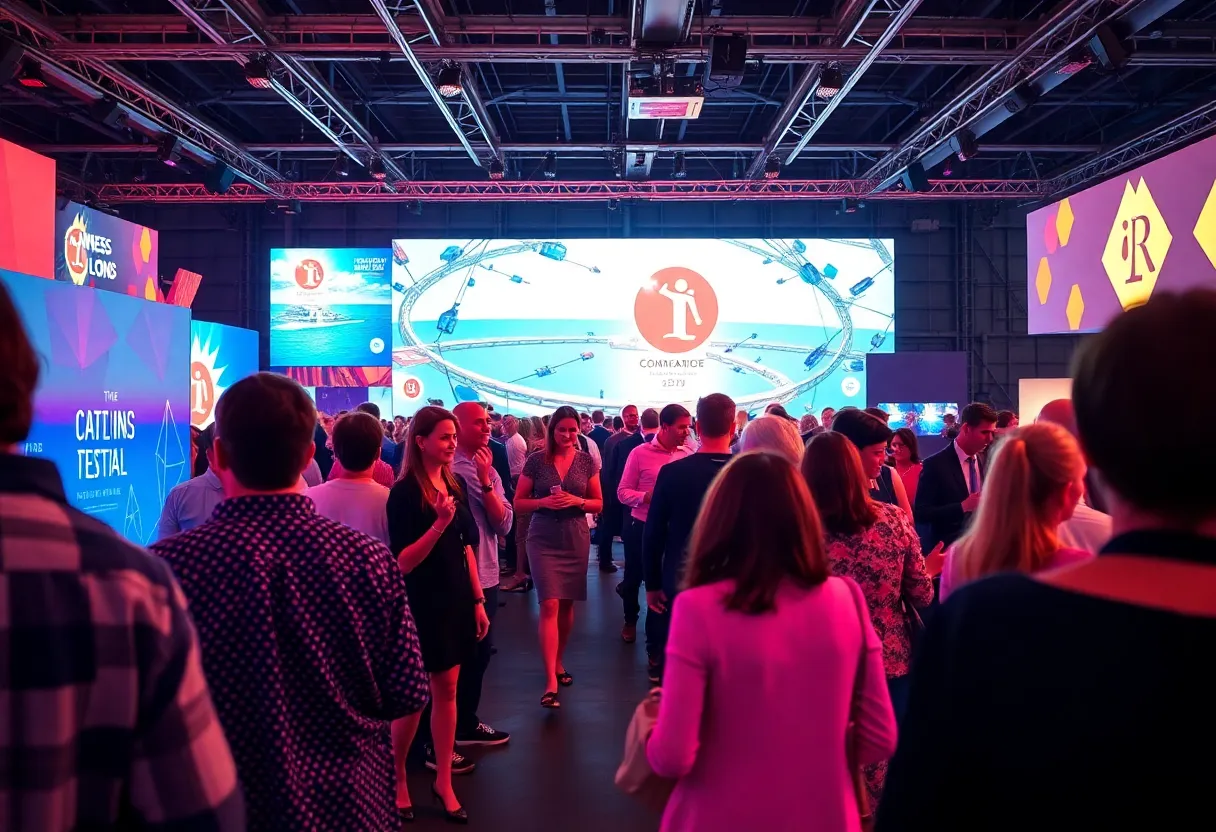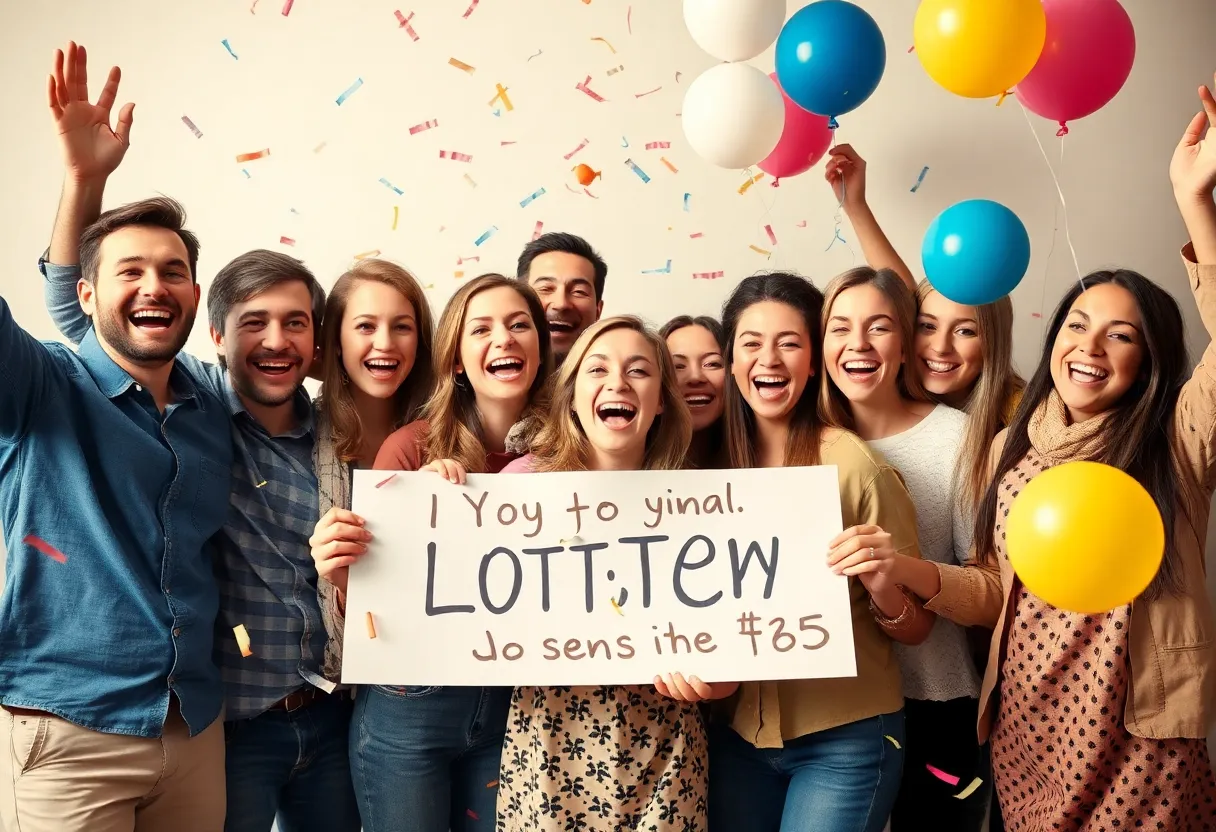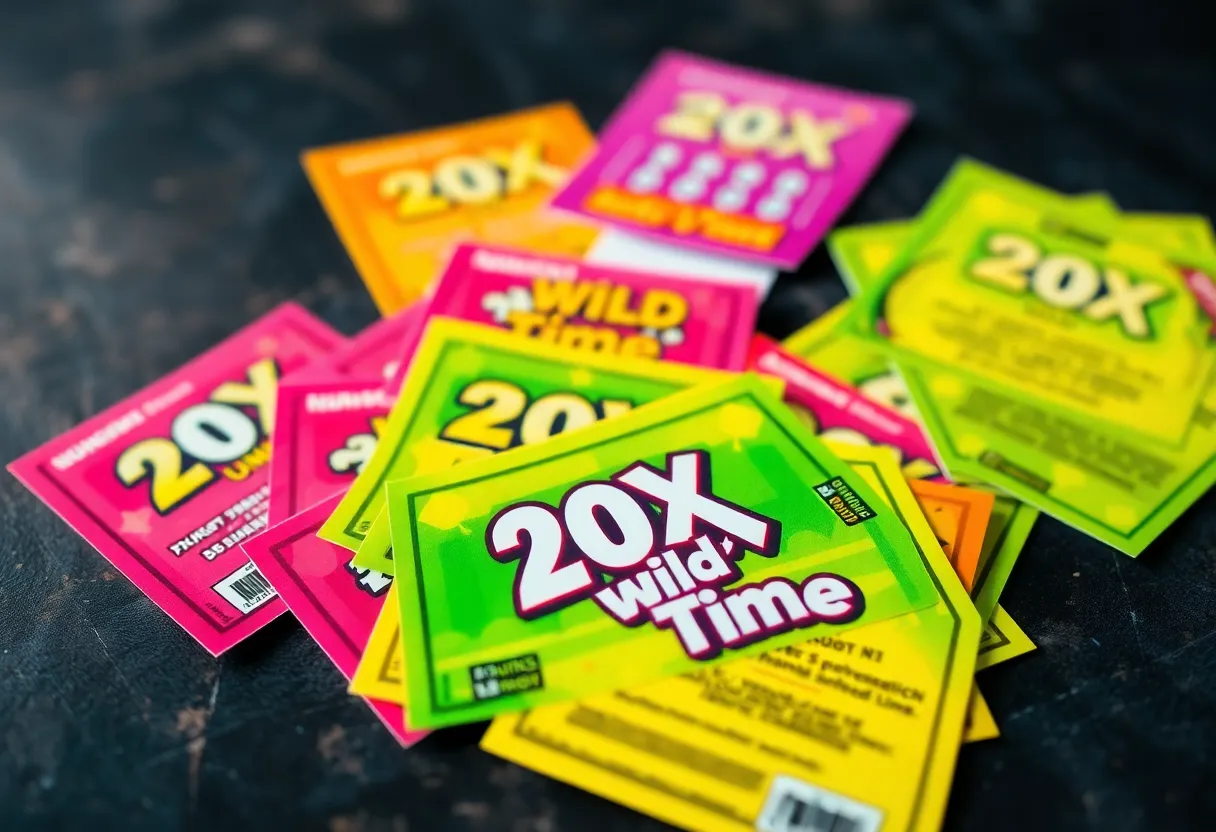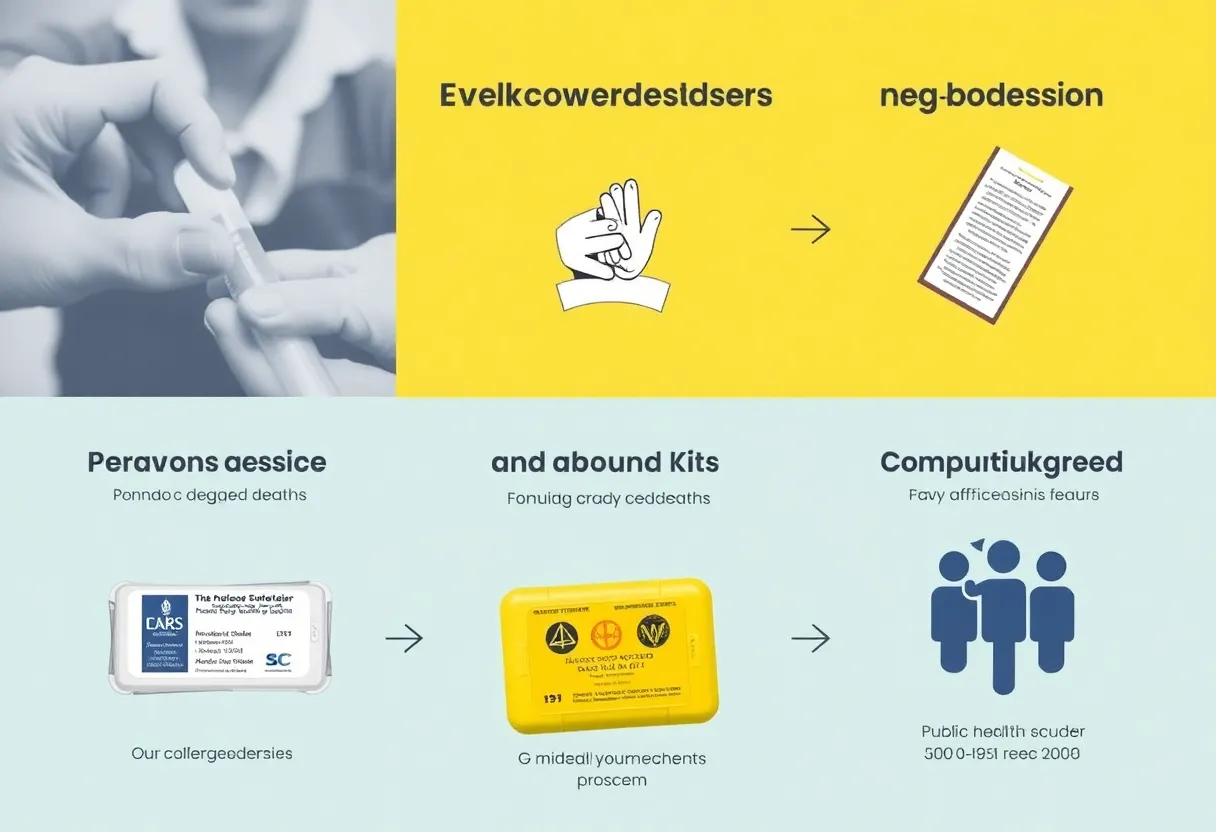News Summary
As Cannes Lions attracts marketing leaders this summer, the spotlight is on generative AI’s impact on visual content. With 14 billion images shared daily, authenticity and creative collaboration emerge as key themes as marketers adapt to this evolving landscape. The necessity for transparency in AI content generation and addressing biases will define future brand strategies.
Generative AI’s Transformative Role at Cannes Lions: A Friendly Insight
As summer approaches, the picturesque south of France is buzzing with excitement as marketing and agency leaders gather for the renowned Cannes Lions festival. This year, a hot topic taking center stage is the implications of generative AI on visual content creation. With this revolutionary technology making waves, many in the industry are grappling with how it will reshape creativity, consumer engagement, and visual storytelling.
The Numbers Speak Volumes
To put things into perspective, consider this: approximately 14 billion images are shared daily on social media, a staggering figure that has tripled since just 2013. On top of that, around 720,000 hours of video are uploaded to YouTube each day. It’s no wonder visual content is key, as it has the power to more than double consumer engagement! Particularly, short-form videos appear to yield the highest ROI among various social marketing strategies.
Authenticity Matters
But in this digital age, there’s a growing push for authenticity in advertising. In fact, a survey by Stackla revealed that nearly 90% of consumers are looking for real, organic connections with brands rather than perfectly polished perfection. Campaigns like Dove’s “Real Beauty” and Patagonia’s “Buy Less, Demand More” have set an exciting new bar by showcasing true consumer values and experiences, demonstrating that authenticity really does resonate.
Marketers Racing to Keep Up
Despite the apparent benefits, many marketers are feeling the urgency to adapt. An eye-opening 76% of them are already using generative AI tools, ratcheting up the pace to stay competitive in the fast-evolving landscape. You can’t blame them; the possibilities are enticing! Companies like Klarna have reported significant cost savings and an uptick in marketing activity thanks to adopting AI-related technology.
Walker the Fine Line of Authenticity
However, some concerns linger regarding authenticity in AI-generated content. Transparency is becoming increasingly vital, with a report from Getty Images indicating that 90% of consumers want to know whether the images they see are AI-generated. Consumers appreciate campaigns like Coca-Cola’s “Create Real Magic” that openly embrace AI technology while involving their audience’s creativity.
Generational Collaboration
In a unique turn of events, pop star Nicki Minaj collaborated with her fans to promote her album using generative AI, further normalizing this technology among Gen Z consumers. However, brands have faced backlash when using AI without transparency. A prime example is Lego, which experienced criticism over its use of generative AI in an Ninjago character quiz. Clearly, transparency is the name of the game!
The Path Towards Standards
To help navigate these waters, initiatives like the Content Authenticity Initiative are stepping in to establish standards around AI use in marketing. Plus, tech innovations like Apple’s Image Playground app will identify AI-generated images via metadata, promoting further transparency and trust in visual content.
Legal and Ethical Implications
Amidst all this excitement, it’s essential for brands to tread carefully regarding legal risks tied to copyright issues. Companies like OpenAI are negotiating licensing deals with media outlets to pave the way for safer generative AI usage. Marketers should focus on using legally vetted tools like Getty Images Generative AI, Adobe Firefly, or Shutterstock’s ImageAI to minimize risks.
Addressing Bias in Visual Content
As we explore generative AI, we must keep an eye on the biases present in AI outputs. A study from Cornell University revealed that generative AI tools often reflect societal biases regarding gender, race, and emotional portrayals. However, marketers can mitigate this by using diverse prompts and ensuring inclusion in AI-generated images.
Purposeful and Equitable Representation
Ultimately, companies must establish prompt policies that respond to their specific needs while promoting equitable representation in AI imagery. While generative AI offers enormous opportunities for brands, successful implementation will require clear strategies and human insight to ensure authenticity and effectiveness.
As we enter this thrilling new era of marketing facilitated by generative AI, one thing is for certain: the conversation is just getting started here at Cannes Lions!
Deeper Dive: News & Info About This Topic
HERE Resources
Unilever Leverages Nvidia’s Omniverse for Smarter Marketing
TikTok Users Flee to Alternative Platforms Amid Uncertainty Surrounding App’s Future
Marketing’s Growth Potential at Stake: A Closer Look
Unilever Innovates Marketing with AI and Digital Twins
Generative AI in Marketing: Riding the Hype Cycle to Real-World Adoption
Elon Musk’s xAI Acquires X for $33 Billion in All-Stock Deal
New Card Could Transform Care Conversations for Dementia Patients
Navigating the Evolving Social Media Landscape for B2B PR in 2024
The Future of Regenerative Medicine
Gradial Scores $13 Million Series A Funding to Revolutionize Marketing Operations with AI
Additional Resources
- PR Daily: Futureproofing Your Brand with Creative AI Storytelling
- Forbes: How Do Brands Tell Authentic Stories in the Age of AI?
- Trend Hunter: Coca-Cola’s AI Innovations
- Business Wire: Typeface Introduces New AI-Native Content Lifecycle
- MarketScale: AI and the Future of Video Storytelling
- Wikipedia: Generative Artificial Intelligence
- Google Search: Generative AI in Marketing
- Google Scholar: Generative AI Authenticity
- Encyclopedia Britannica: Generative AI
- Google News: AI Storytelling 2024







